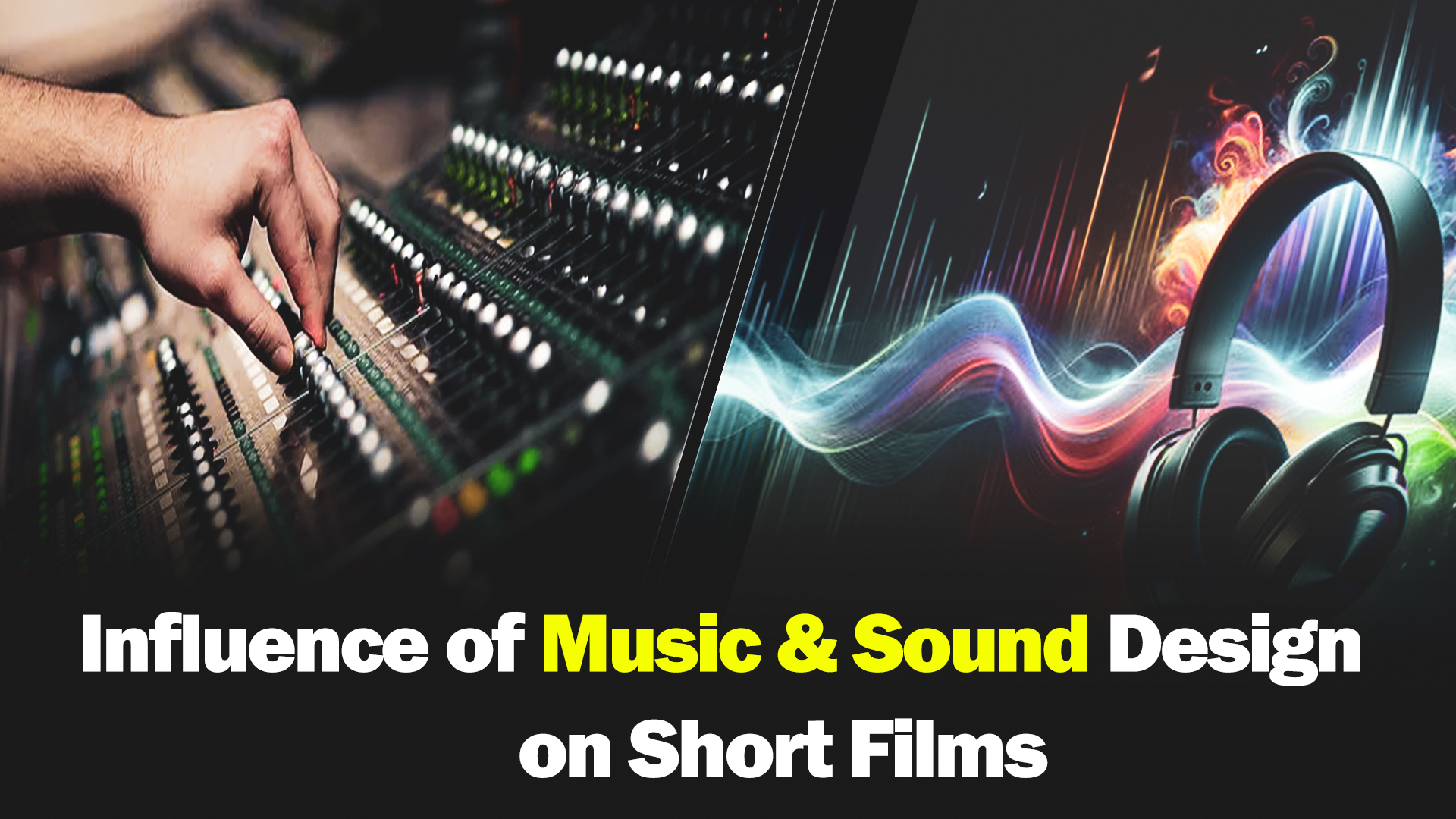Impact of Music/Sound Design on Short Films
Welcome to the world of short films, where every sound plays a crucial role in shaping the viewer’s and listener’s experience. In this comprehensive guide, I’ll explore the impact of music and sound design on short films that will uncover how sound can elevate storytelling and evoke powerful emotions.
From background music to Foley effects, I’ll share my views about complicated art of sound design and its profound influence on the cinematic journey. So, let’s start and discover the transformative power of sound in short filmmaking.
- Setting the Mood with Music
Music is a powerful tool for setting tone and mood of a short film. Whether it’s a haunting melody or upbeat rhythm, the right music can instantly transport viewers into the world of the film.
Explore different genres and styles of music to find the perfect soundtrack that complements narrative and enhance the emotional impact of each scene.
Also Read: Influence of Visual Storytelling in Making Successful Documentaries
Remember, music has the ability to convey emotions and convey messages without words, making it a valuable asset in the storytelling process.
- Creating Atmosphere with Ambient Sounds
Ambient sounds, also known as background noise, are essential for creating a sense of atmosphere and realism in short films. From bustling city streets to serene natural landscapes, ambient sounds help immerse viewers in the world of the film and enhance its authenticity.
Experiment with ambient sound effects such as chirping birds, flowing water, or distant traffic to add depth and dimension to each scene. Remember, the devil is in the details, therefore, pay attention to subtle nuances in sound to create a truly immersive audio experience.
- Enhancing Realism with Foley Effects
Foley effects are sound effects created and added in post-production to enhance the realism of a film. From footsteps to door creaks, Foley artists use a variety of everyday objects to recreate sounds that match the actions on screen.
Experiment with different Foley techniques and props to add depth and texture to your short film’s sound design. Remember, Foley effects play a crucial role in creating a sense of realism and immersion, so don’t underestimate their importance.
- Building Tension with Sound Design
Sound design is an effective tool for building tension and suspense in short films. From subtle cues to dramatic crescendos, sound can keep viewers on the edge of their seats and heighten the emotional stakes of the narrative.
Experiment with techniques such as silence, sudden sounds, and dissonant music to create a sense of unease and anticipation. Remember, effective sound design is all about creating a visceral experience that keeps viewers engaged and invested in the story.
- Using Sound to Convey Emotions
Sound has the power to evoke a wide range of emotions in viewers, from joy and excitement to fear and sadness. Experiment with different soundscapes, musical motifs, and vocal performances to convey the emotional nuances of your short film’s narrative.
Pay attention to the emotional arc of the story and use sound to enhance key moments and character developments. Remember, sound is a universal language that can communicate emotions and connect with audiences on a deeper level.
Sound design is a fundamental aspect of short filmmaking that has the power to elevate storytelling and evoke powerful emotions in viewers.
By exploring the various elements of sound design such as music, ambient sounds, Foley effects, tension-building techniques, and emotional cues you can create immersive and memorable short films that leave a lasting impression.
So, embrace the transformative power of sound and let your creativity soar as you craft compelling narratives that resonate with audiences worldwide.
By: Mustafa Safdar Baig



